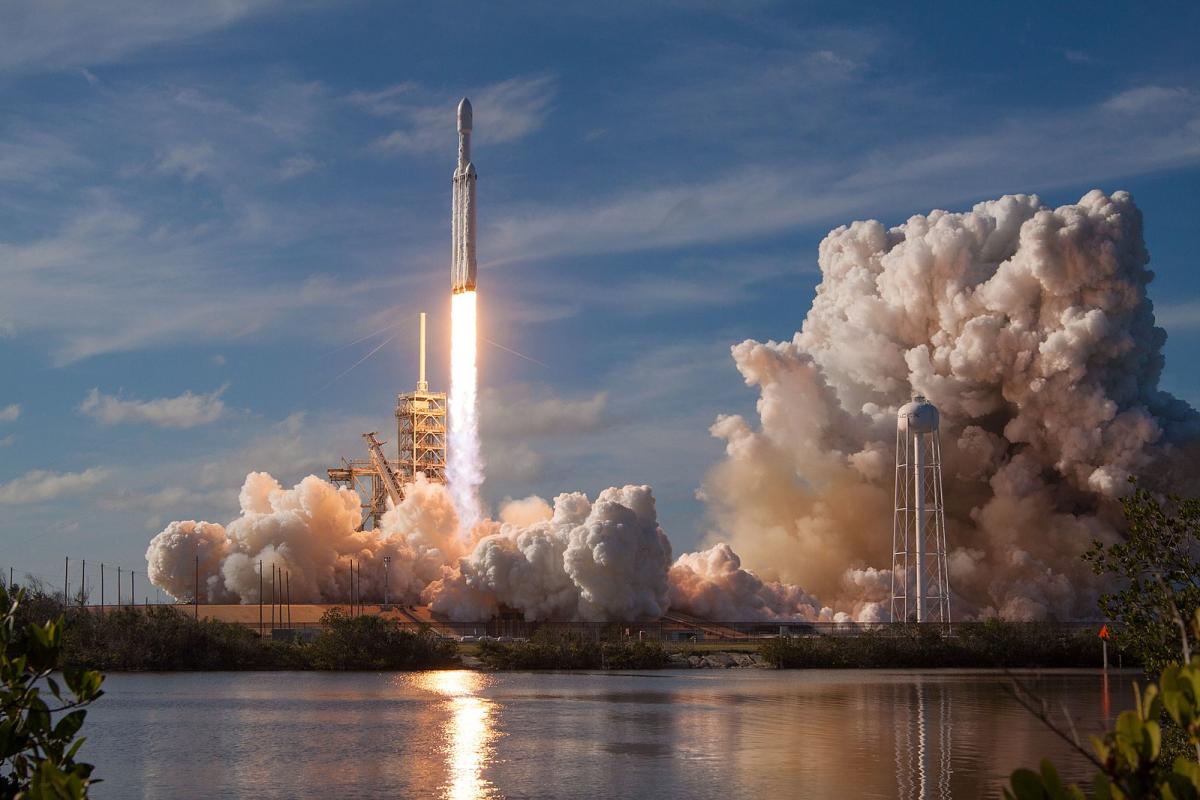
SpaceX, founded by Elon Musk in 2002, has revolutionized the aerospace industry and captured the world’s imagination with its ambitious goals of advancing space exploration and making life multiplanetary. From its humble beginnings to becoming a leading player in the space industry, SpaceX’s timeline showcases its dedication, innovation, and commitment to pushing the boundaries of space travel.
- 2002-2008: The Foundation and Early Launches
SpaceX was established in 2002 with the vision of reducing the cost of space transportation and ultimately enabling the colonization of Mars. In 2006, the company successfully launched its first rocket, the Falcon 1, becoming the first privately funded company to send a liquid-fueled rocket into orbit. Despite initial setbacks, including failed launches, SpaceX persevered and continued to refine its technology.
- 2008-2012: Falcon 9 and Dragon’s Historic Achievements
In 2008, SpaceX introduced the Falcon 9, a two-stage rocket designed for orbital missions. The company’s breakthrough moment came in 2010 when the Falcon 9 successfully delivered the Dragon spacecraft into orbit and returned safely to Earth. This marked the first privately funded spacecraft to orbit the Earth and be recovered intact. SpaceX secured a historic contract with NASA, allowing them to resupply the International Space Station (ISS) using the Dragon spacecraft.
- 2012-2015: Reusable Rockets and New Frontiers
SpaceX made significant strides in developing reusable rocket technology during this period. In 2012, the company successfully launched and landed the Grasshopper, a vertical takeoff and landing (VTOL) test vehicle. This paved the way for the development of the Falcon 9 rocket’s first stage, which could be recovered and reused. In 2015, SpaceX achieved a monumental milestone by successfully landing the Falcon 9 first stage vertically, ushering in a new era of cost-effective space travel.
- 2016-2019: Commercial Crew Program and Starship
SpaceX continued to make groundbreaking advancements, focusing on its Crew Dragon spacecraft as part of NASA’s Commercial Crew Program. In 2019, SpaceX successfully conducted the Demo-1 mission, demonstrating its ability to safely transport astronauts to and from the ISS. This led to the historic Crew Dragon Demo-2 mission in 2020, where SpaceX became the first commercial company to launch humans into orbit.
Additionally, during this period, SpaceX began development on its next-generation spacecraft, Starship. This ambitious project aims to enable crewed missions to Mars and beyond. Several prototype iterations were tested, with notable milestones such as high-altitude flights and controlled landings.
SpaceX’s timeline showcases an incredible journey from a visionary concept to a trailblazing aerospace company. From the early launches of the Falcon 1 to the remarkable achievements of the Falcon 9, Dragon spacecraft, and Crew Dragon, SpaceX has proven its ability to revolutionize space travel. With its focus on reusable rockets, commercial crew missions, and the development of the Starship, SpaceX continues to push the boundaries of space exploration. The company’s dedication to innovation, remarkable achievements, and commitment to making space more accessible has established SpaceX as a key player in shaping the future of humanity’s presence in space.


